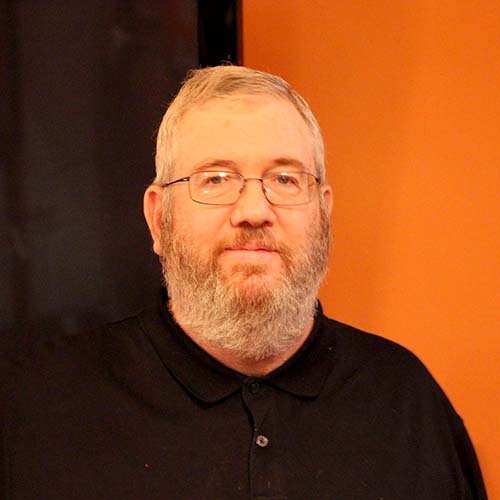
- Details
- By Mark Fogarty
- Real Estate
How much money would it take to solve the Native American housing crisis?
That is one tough question. Tribal Business News took a crack at estimating it, and we also asked several Native housing leaders to give a ballpark figure.
The short answer: Anywhere between $30 billion and $60 billion.
Start with the number of housing units needed. In 2017, the federal Department of Housing and Urban Development said there was an immediate need for 68,000 new or rehabbed housing units in Indian Country, to replace deteriorated housing and to eliminate chronic overcrowding. But that data was from surveys taken between 2013 and 2015. It also did not include Native Hawaiian housing needs, though it did include Alaska Natives.
The Native American population grew handily over the past decade, so that 68,000 number is almost certainly too low. An estimate of 75,000 needed housing units would probably also be on the conservative side. 100,000 units would be a reasonable estimate.
Some factors have to be taken into consideration. First, rehabs are less expensive than new construction. HUD estimates the need for these two categories at a 50-50 split. So while reservations are notoriously expensive to build on, the high proportion of rehabs would actually bring the average cost per unit down.
Robert Gauthier, former executive director of the Salish & Kootenai Housing Authority in Montana, estimates the average cost per unit at $200,000. At that rate, the 100,000 units needed in Indian Country would cost about $20 billion. But that number doesn’t include the cost of infrastructure such as roads, utilities, and water and sewer lines, which often need to be built along with new construction.
Another important factor is the split between multifamily housing and single-family homes. Multifamily units cost a lot less apiece than single-family homes. However, many Indian families want their own home and property — and one thing most reservations do have a lot of is land. So the split here would favor single-family homes, probably by a wide margin. Thus, the lower per-unit cost of apartment projects would not bring down the total by as much as rehabs do.
These numbers probably also exclude trailers, a popular mode of Indian housing, since they are built off-reservation and then driven in, not built on site. But they remain an ever-present source of Indian housing.
Travois, the Kansas City-based developer of Low Income Housing Tax Credit housing in Indian Country, says it has been responsible for 6,000 units of new housing, both single-family rentals and multifamily developments, at a cost of $1.2 billion, an average of $200,000 per unit.
But the company says building costs have increased markedly in the past five years. After factoring in the differing costs of new construction, rehabs, and multifamily units, it estimates an average unit would cost $433,000 — so filling a need for 100,000 units would come to $43 billion.
Then Travois points out that for the newly built units, substantial infrastructure costs would be incurred. It estimates those at $3 to $9 billion.
For Native Hawaiians, HUD reported in 2017 there were 22,000 applications for leases on Native Hawaiian homelands, which are trust lands quite similar to reservations. That number has since increased to between 23,000 and 28,000.
Robin Danner, senior policy advisor to Hawaiian Gov. Josh Green, said an average three-bedroom house on Hawaiian trust land goes for $450,000. For 28,000 units, that would be about $12.6 billion.
So the cost to house all Natives and to build them roads and water and sewer lines probably ranges from $30 billion at the low end to more than $60 billion at the high end. Somewhere not far from what Elon Musk paid for Twitter.
—Estimates provided by Tribal Business News, Robert Gauthier, Robin Danner, and David Bland.
